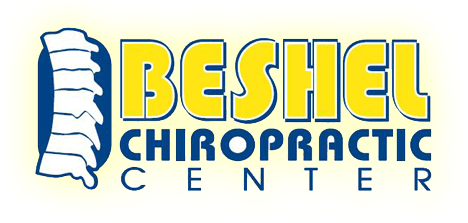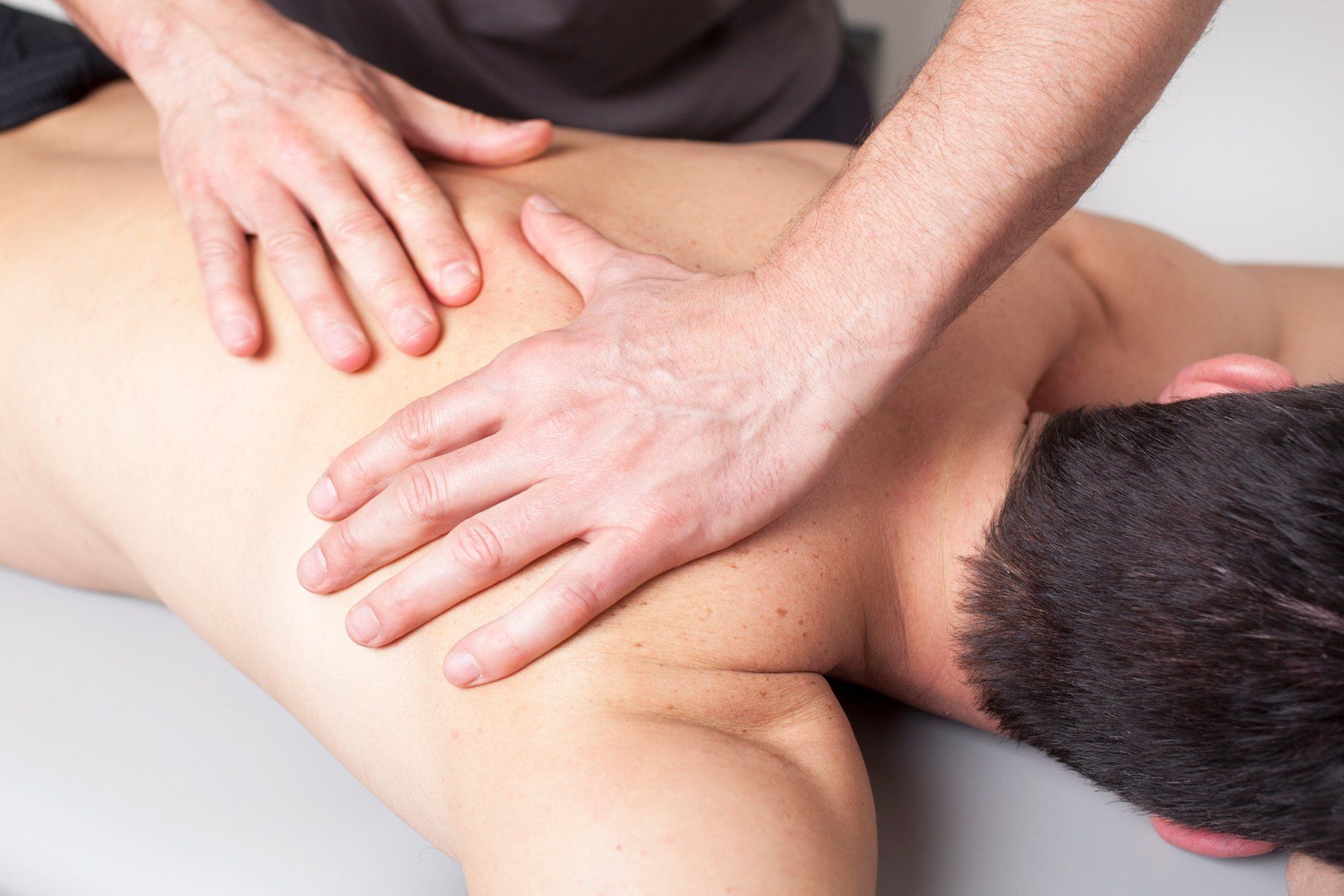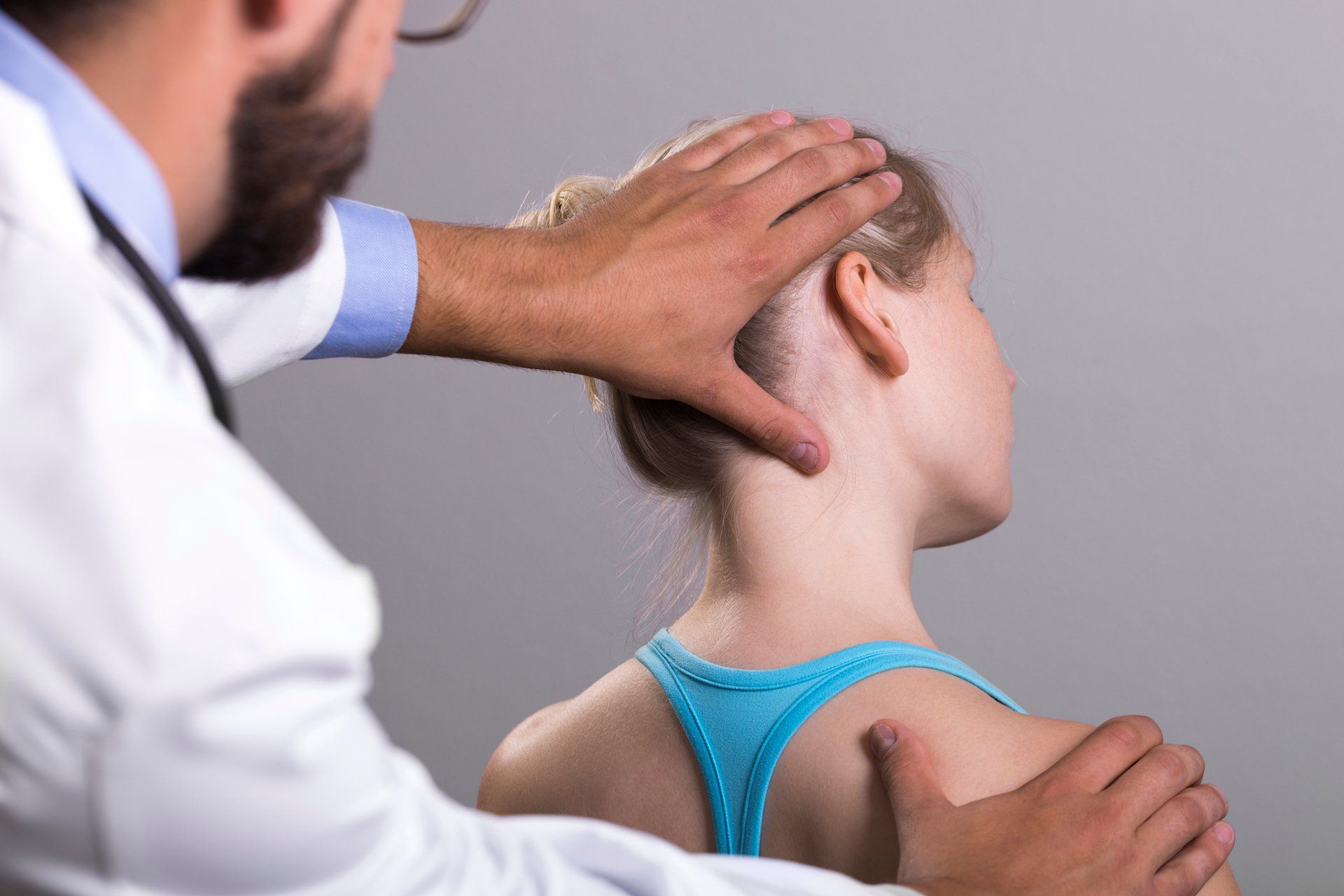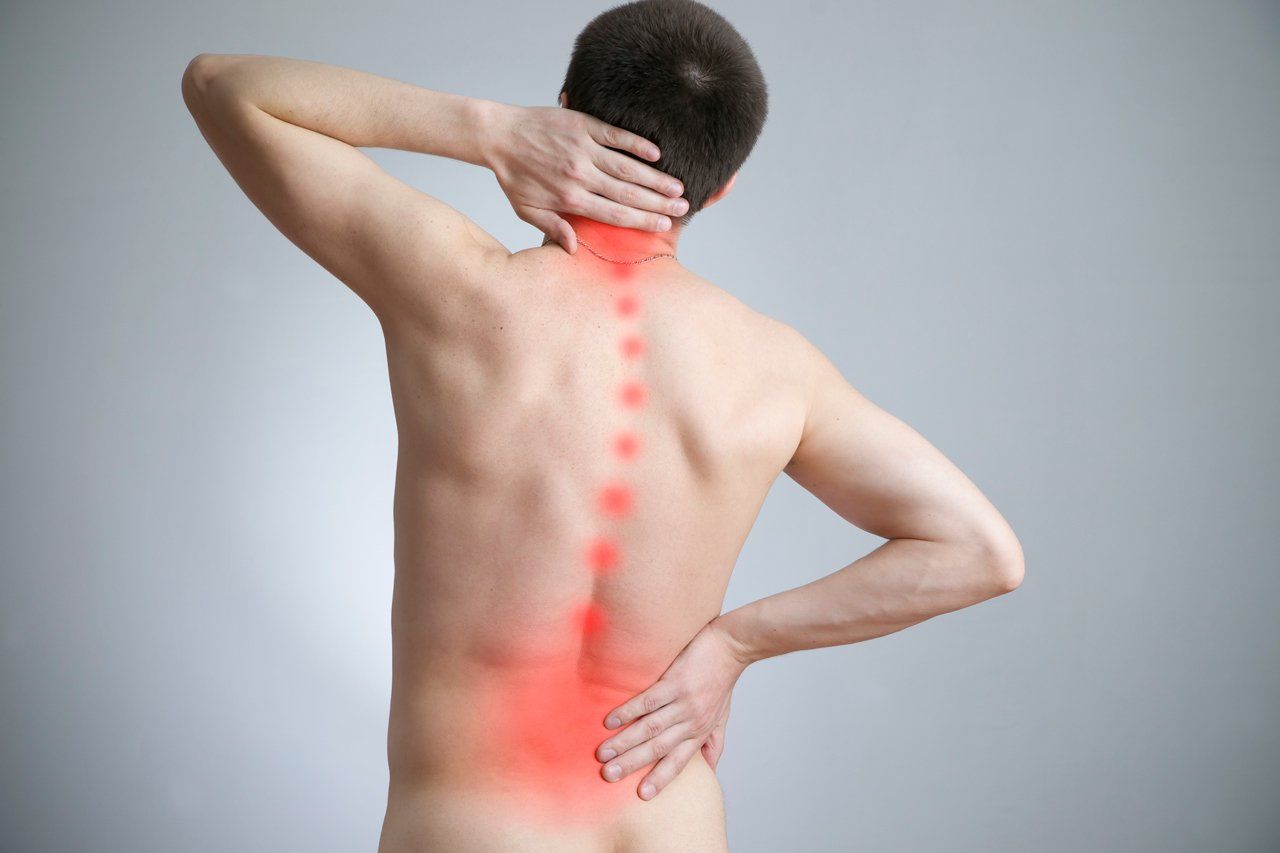About Lower Back Pain
Eighty percent of people suffer from back pain at some point in their lives. Back pain is the second most common reason for visits to the doctor's office, outnumbered only by upper-respiratory infections. Low back pain affects more than half of the adult population each year, and more than 10% of all people experience frequent bouts of low back pain.
Causes of Lower Back Pain
Many different conditions can result in low back pain, including sprained ligaments, strained muscles, ruptured disks, trigger points, and inflamed joints. While sports injuries or accidents can lead to injury and pain, sometimes even the simplest movements, like picking up a pencil from the floor, can have painful results. In addition, conditions such as arthritis, poor posture, obesity, psychological stress, kidney stones, kidney infections, blood clots, or bone loss can lead to pain.
Since there are several causes of low back pain, and some of those causes can be quite serious if left untreated, it is essential to seek professional help. Chiropractors are the experts at diagnosing the cause and determining the proper treatment for low back pain. Some of the most common reasons we see for low back pain are subluxations, disc herniations, sprains, strains, spasms, and stress.
Treating Lower Back Pain
Chiropractic treatment for low back pain is very straightforward. It's usually a matter of adjusting the lower lumbar vertebrae and pelvis to re-establish normal motion and position of your bones and joints.
Chiropractic treatment for low back pain has been repeatedly shown to be effective. Significant studies have shown that chiropractic care is more cost-effective, cheaper, and has better long-term outcomes than any other treatment. Chiropractic care is the only method of treatment that serves to re-establish normal vertebral motion and position in the spine. All other treatments, such as muscle relaxants, pain killers, and bed rest, only help decrease the problem's symptoms and do not correct the problem itself.
Headache Treatment
Chiropractic care is also effective in treating cervicogenic headaches, migraines, and cluster headaches. The American Chiropractic Association reports that 14 percent of the public who see chiropractors presently go for headaches. Every day, our doctors treat patients who have been suffering for years with pain and are at their wit's end because the only thing offered to them by their physicians and specialists are more drugs.
Many people think headaches are regular and take over-the-counter or prescription drugs to relieve the pain. But these drugs only dull the pain; they don't treat the cause, which is why the headache returns.
Chiropractic Care Works
In addition to chronic headaches, chiropractic care is also effective in treating tension headaches. A recent study released by the Foundation for Chiropractic Education and Research finds that individuals undergoing chiropractic therapy showed a sustained reduction in headache frequency and severity compared with patients who took the drug amitriptyline, a commonly prescribed medication for tension headaches.
Seeing a chiropractor for headache and migraine relief is a safe and effective way to treat headaches or migraines without drugs. The idea behind chiropractic is not that the condition itself is treated but that the body can heal itself. Some people have dramatic results and ultimately become headache-free. Some migraine sufferers find complete relief. Others find comfort simply from some symptoms or aftereffects of the migraine attack. Visit one of our treatment facilities in Burlington or Graham, North Carolina, for headache treatment today!
The Neck Is Delicate!
Most people do not realize how much they move their necks until they cannot do so. The degree of flexibility of the neck, coupled with the fact that it has the least amount of muscular stabilization and support and moves your 14 – 16 pound head, means that the neck is very susceptible to injury. You can picture your neck and head like a bowling ball being held on top of a stick by small, thin, elastic bands. It doesn't take much force to disrupt that delicate balance.
We associate the neck and upper back together because most of the muscles associated with the neck either attach to or are in the upper back. These muscles include the trapezius, the levator scapulae, the cervical paraspinal muscles, the scalenes, and others.
The Causes of Neck and Upper Back Pain
Most neck and upper back pain are caused by a combination of factors, including injury, poor posture, chiropractic subluxations, stress, and in some instances, disc problems. The most common injury to the neck is a whiplash injury. Whiplash is caused by a sudden movement of the head, either backward, forward, or sideways, resulting in damage to the supporting muscles, ligaments, and other connective tissues in the neck and upper back. Whether from a car accident, sports, or an accident at work, whiplash injuries need to be taken very seriously.
One of the most common causes of neck pain, and sometimes headaches, is poor posture. It's easy to get into bad posture habits without even realizing it – even an activity as "innocent" as reading in bed can ultimately lead to pain, headaches, and more severe problems. The basic rule is simple: keep your neck in a "neutral" position whenever possible.
Subluxations, Stress and Disc Herniations
Subluxations in the neck and upper back area are extremely common due to the high degree of stress associated with holding up your head, coupled with the high degree of instability in the cervical spine. When most people become stressed, they unconsciously contract their muscles. In particular, the muscles in their back. The two most effective ways you can reduce the physical effects of stress on your own are to increase your activity level – exercise – and by deep breathing exercises. When you decrease the physical effects of stress, you can substantially reduce the amount of tightness and pain in your upper back and neck.
The discs in your cervical spine can herniate or bulge and pressure the nerves that exit from the spine through that area. Although cervical discs do not herniate nearly as often as lumbar discs do, they occasionally can herniate, especially when the discs sustain damage from a whiplash injury. Contact us today for a free consultation!
What Is Sciatica?
The sciatic nerve is the longest in your body. It runs from your pelvis, through your hip area and buttocks, and down each leg. The sciatic nerve branches into smaller nerves as it travels down the legs providing feeling to your thighs, legs, and feet and controlling many of the muscles in your lower legs. The term sciatica refers to pain that radiates along the path of this nerve. Sciatica is a sign that you have an underlying problem putting pressure on a nerve in your lower back. The most common cause of this nerve compression is a bulging or herniated lumbar disc.
How do I know if I have sciatica?
Pain that radiates from your lower (lumbar) spine to your buttock and down the back of your leg is the hallmark of sciatica. Sciatica may be accompanied by numbness, tingling, and muscle weakness in the affected leg. This pain can vary widely, from a mild ache to a sharp, burning sensation or excruciating discomfort. Sometimes it may feel like a jolt or electric shock. Sciatic pain often starts gradually and intensifies over time. It's likely to be worse when you sit, cough or sneeze.
How is Sciatica Treated?
Most of the time, sciatic pain can be relieved through a combination of stretches, deep tissue massage of the piriformis muscle, and chiropractic care. Occasionally, in cases where chronic spasm of the low back or piriformis muscles is causing the sciatic pain, it may be necessary to do a procedure called a trigger point injection, where a medical pain specialist injects a small amount of anesthetic directly into a spasmed muscle to break the spasm cycle. However, this is typically not necessary.
We Also Treat These Conditions
We specialize in treating low back pain, headaches, neck pain, sciatica, and many other conditions such as:
- Arthritis
- Arm & Leg Pain
- Auto Accidents
- Carpal Tunnel
- Colic
- Degeneration/Disc Herniation
- Disk Injuries
- Ear Infections
- Exercise
- Fibromyalgia
- Osteoporosis
- Pinched Nerves
- Plantar Fasciitis
- Pregnancy
- Scoliosis
- Shoulder Pain
- Tennis Elbow
- TMJ Dysfunction
- Wellness
- Whiplash
- Workers' Compensation
- And More










